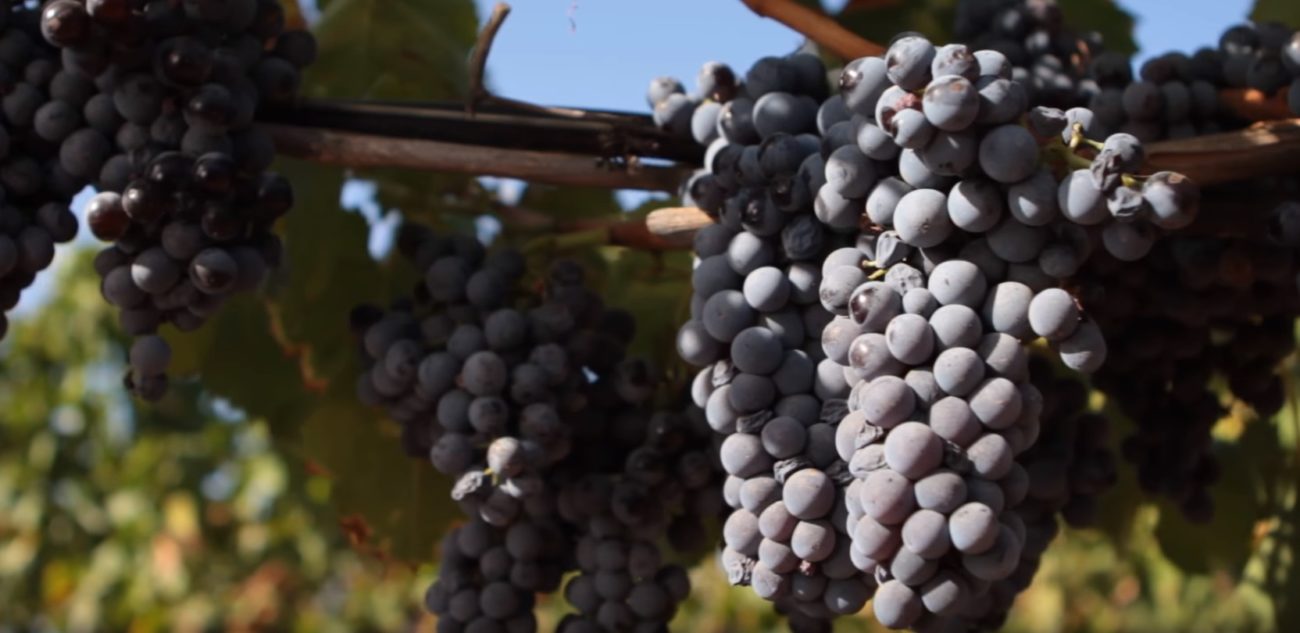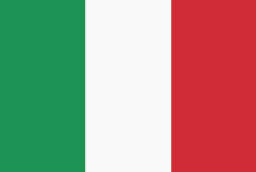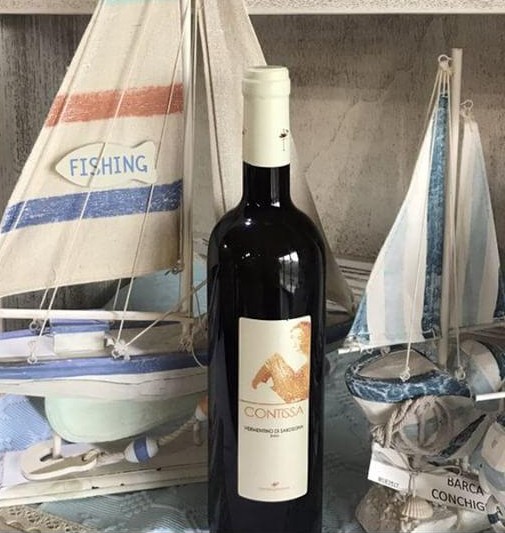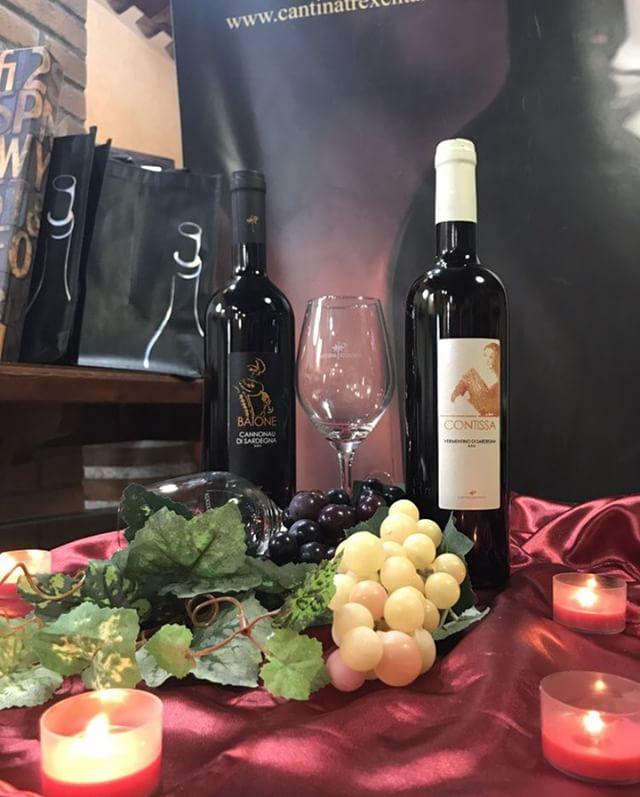Directions
A great passion for the land and a lot of courage to start a new adventure: these were the main characteristics of the 23 winegrowers of the Trexenta who from 1956 started the Cooperativa Agricola Trexenta.
The Trexenta winery is located in Senorbì (near Cagliari, in Sardinia – Italy) and now boasts many years of presence but also constant development.
It is in fact a cooperative that is now historic but growing, located in a millenary land.
The export of wines began already in the 70s, in particular for the Nuragus and Monica varieties, which were exported to France and Germany.
In the 1980s arrived new vines
The 80s arrived and with them the Cantina della Trexenta started a work of diversification in their wines production.
Thus the Vermentino and Cannonau grape vineyards were planted, then later, in more recent times, it will also be the turn of Carignano, Chardonnay and Montepulciano.
Today the winery covers an important area.
We are talking about about 200 hectares of vineyards, which are managed with all the experience and skills acquired over the years.
Winning features
The area in which the winery is located has a decidedly fertile soil that benefits from a Mediterranean climate.
This allows for quality and variety of grapes.
The product of the Trexenta winery, thanks to these conditions and to a highly qualified work, succeeds in establishing itself on the market with the strength of all these characteristics together: the historical variety, the quality of the product, the professionalism and the long processing competence.
Historical variety
We have often mentioned the variety and historicity, referring to the products of this winery.
We didn’t do it by chance.
You can think that the vines cultivated here had arrived in Sardinia already in the Phoenician period (IX – VIII century BC) and during the Carthaginian domination (VI century BC) and Roman (III century BC).
Just as the varieties of these, introduced later, are not lacking in historical thickness.
A great success at Vinitaly 2018: Sant’Efis and Contissa rewarded for their quality
The 2018 Vinitaly was a success for Cantina Trexenta.
Awarded the White Wine Nasco of Cagliari DOC Sant’Efis 2016 and the Vermentino di Sardegna DOC Contissa 2017, 90 points for these excellent whites.
The Nasco Sant’Efis is a tribute to Sant’Efisio, the most important saint of the beautiful island of Sardinia.
He is the martyr protector of the city of Cagliari, which identifies one of the island parties with more participants, celebrated every May 1st from 1657.
The traditional hospitality rooted in Sardinian culture is a value shared by all the members of the Trexenta winery cooperative, which also has a tasting room inside.
On these occasions people are guided towards understanding wines, with group visits enhanced by the rich wine cellar that tells the culture and the territory.










